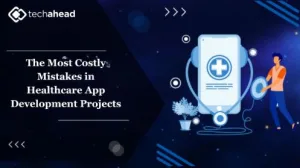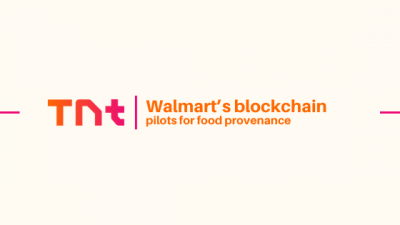
Building a healthcare app isn’t only all about programming or delivering app features. You’re creating something that people may rely on for their health, which exponentially raises the stakes early on. Many teams jump in thinking it’s only about delivering the right features or UI. But you also need to consider regulations, patient privacy, and earning the trust of the people that will be using it.
What sets projects back usually isn’t the tech itself. It’s the decisions made early on before a single line of code is written. If you’re planning to offer online consultations, appointment booking, or health tracking, you need more than a functioning app.
You need clinical reliability, secure data flow, and a team that knows how to navigate the industry. You’ll need experienced healthcare app development services. Let’s check out the most expensive mistakes companies make during healthcare app development and how to avoid each of them.
Why So Many Healthcare Apps Fall Short
On the surface, a healthcare app looks like any other app. Login, dashboard, a few forms, maybe video support. But the expectations behind those features are much higher. An appointment missed due to a bug is not just an inconvenience, it can directly affect someone’s health.
Most companies underestimate the industry. They cut corners in planning. And they choose tech teams that lack domain experience.
Compliance Isn’t Optional – It’s Step One
Every healthcare app deals with personal health data. That means HIPAA in the US, GDPR in Europe, or local equivalents elsewhere. If your app doesn’t follow the rules, it won’t just get pulled from the store, it can trigger legal trouble.
The mistake? Teams build the product first and figure out compliance later. By the time teams realize what they are missing, they need to redo large parts of the app. This is frustrating, and costly. It is wise to have compliance experts help at the outset and build security on a solid foundation.
A Confusing Interface Kills Trust
It doesn’t matter how advanced your tech stack is, if your users can’t find what they need or get confused using the app, they won’t use it. And that’s even more critical when your users are dealing with medication reminders, doctor consultations, or lab reports.
The mistake here is thinking design comes later. Good UX is not a skin you add on top, it’s the way people connect with your product. Healthcare apps need to be intuitive, clean, and readable by people of all ages and tech literacy levels.
Overloading Features in Version One
While it may seem beneficial at first to put on as many features and functions as possible, this may not be a productive approach, and here’s why: It will slow down your development, consume your money and result in an app that looks disorganized, rather than serving its intended purpose.
Building everything from day one? Video calls, wearables, billing, AI suggestions often spin out of control to create a bulky product that no one wants to touch. It is smarter to start simple, and one that does one thing well. Once people get it into their hands, and they start telling you what is working and what is not, you will get a better visual of what you can add next.
Integration Planning Comes Too Late
Most healthcare apps don’t exist in isolation. They often need to pull or push data from hospital systems, insurance platforms, or lab networks. And these systems don’t always play nice as each one brings its own quirks and challenges.
The mistake is waiting until the end of development to think about integration. That’s when you realise that legacy systems don’t use modern APIs or that syncing patient records isn’t as simple as expected. Planning for these connections from the beginning helps you avoid major backtracking later.
You Built It, But Did You Test It?
An app that works perfectly in your office might fail the moment it’s opened in a rural area with poor signal or on an old phone. In healthcare, this matters a lot. Patients might abandon your app if it crashes at the wrong time. Doctors may stop relying on your application if it lags or takes too long to load.
It’s quite vital to see how the app performs on slow connections, older phones, and with people who aren’t much comfortable with tech. Only then can you trust your app to perform under pressure.
Your Development Partner Doesn’t Know Healthcare
You might find an experienced team of app developers but if they don’t understand how hospitals work, how medical workflows function, or what compliance looks like, you’re taking a risk. Healthcare isn’t a space where you want your development partner learning on the job.
Flutter is handy when you want to build for both Android and iOS without starting from scratch. Plenty of healthcare startups go with a Flutter app development company that’s worked in this space before.
Final Thoughts
There’s no shortcut in healthcare app development. There’s a cost tied to every shortcut. Skipping planning, pushing compliance to the side, or hoping users will work around poor design usually leads to one thing: going back to fix what could’ve been done right the first time.
The smartest way forward? Start simple. Work with people who understand healthcare. Plan your backend, frontend, and integrations with clarity. And tests like people’s health depend on it, because it does.
Information contained on this page is provided by an independent third-party content provider. Binary News Network and this Site make no warranties or representations in connection therewith. If you are affiliated with this page and would like it removed please contact [email protected]



Comments